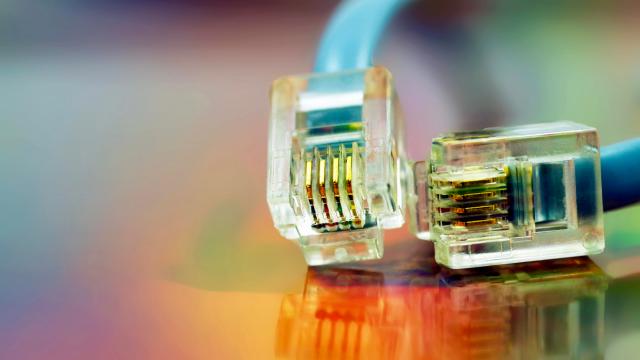After eight years and a very long and painful rollout process, Australia’s National Broadband Network (NBN) has been declared complete.
Minister for Communications, Paul Fletcher, announced in a media release today that the NBN should be treated as ‘built and fully operational’. This is despite the fact that the government is now working to upgrade the NBN network to full fibre by 2023.
Why is the NBN now considered complete?
Under the National Broadband Network Companies Act 2011 the NBN needs to be declared complete prior to December 31, 2020, or an extension must be made. It’s also a necessary step before NBN Co can be privatised – although the government has stated it will not consider this during the current term of Parliament.
In the Communication Minister’s statement, he outlined a number of reasons that the NBN should be considered complete:
- The number of premises able to connect to the NBN is over 11.86 million premises
- At NBN Co’s FY20 results announcement in August 2020 there were around 100,000 complex premises yet to be made ‘ready to connect’ (RTC), that number has now reduced substantially and is expected to be around 35,000 as at 31 December 2020
- New premises are being built all the time. This means that there will always be a number of premises around Australia that are not yet ‘ready to connect’. The fact that there is a certain number of premises which are not ready to connect is not of itself evidence that the network cannot be treated as ‘built and fully operational.’
Minister Fletcher apparently received extensive reports from NBN Co regarding its rollout and operation status, which informed his decision to make this declaration.
“In my view the evidence before me shows it is appropriate to make the declaration that the NBN should be treated as built and fully operational”, Minister Fletcher said in his statement.
“Of course the government recognises that there are some premises which have not yet been made ready to connect – and I expect NBN Co to work as speedily as possible to make the network available to those premises.”
It feels like the NBN rollout has been going on forever and yet there are still thousands of homes waiting to be connected. But regardless of this declaration, there’s still plenty of work to come.
The NBN will continue to get upgrades
As announced earlier in the year, the government is putting significant money into upgrading Australia’s NBN network to FTTP.
The Minister for Communications acknowledged that despite the declaration that the NBN is now complete, updates will continue to roll out in the coming years.
‘The government also recognises that there is continuing work to enhance the capabilities of the network. Earlier this year we announced a $4.5 billion upgrade to the NBN; the work to deliver that upgrade will be carried out over several years,” Fletcher said in his recent statement.
“As with all large telecommunications networks, NBN Co will need to keep investing in additional network capacity, extend its network to connect new developments and remediate technical issues as they arise.”
While the ACCC recently claimed that NBN speeds have never been faster, the FTTP rollout should still significantly boost connection speeds around the country. This is because users will connect directly to the fibre network rather than use old copper phone line wiring.
When the full fibre upgrade will be considered complete is another story.
